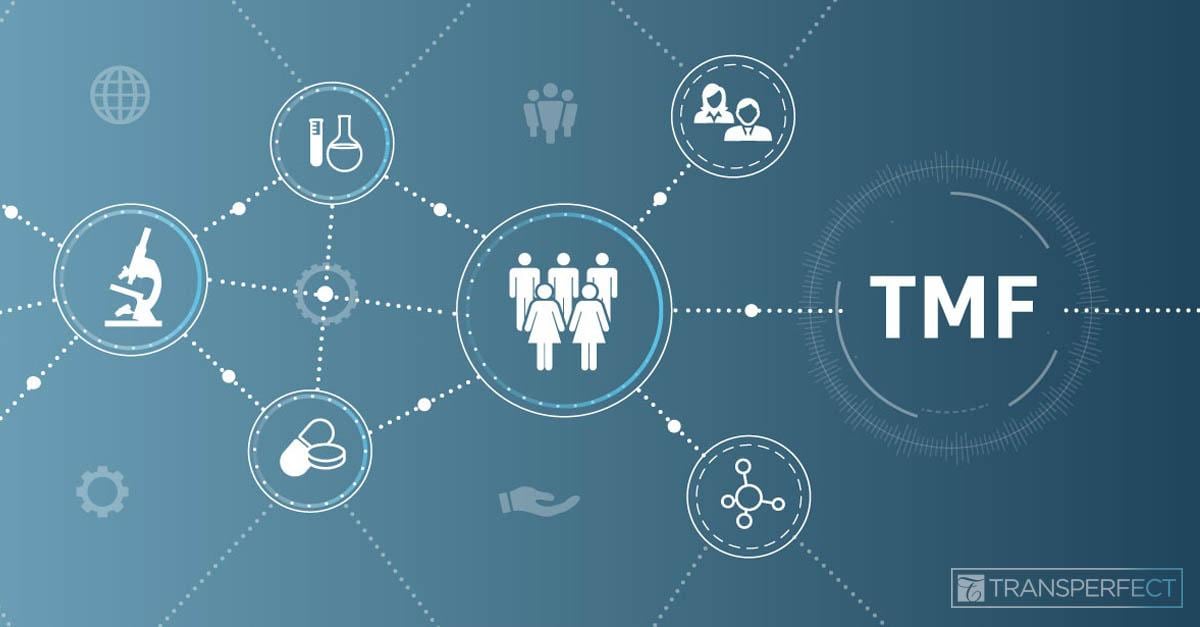TMF Summits in Europe and OCT Barcelona: Talking about the Future of TMF


Last year, we had the opportunity to spend time with many life sciences leaders at TMF Summits in London and Amsterdam and OCT Barcelona. Cristina Laurie, Country Manager, Spain, also had the opportunity to play the role of juror in a panel, titled Vendor Spotlight – Welcome to the Dragon’s Lair!, that challenged groups of attendees to identify the perfect eTMF.
Unsurprisingly, a large percentage of discussions revolved around what the future of TMF would look like. Most, if not all, of the attendees agreed on the importance of the use of an electronic content management system and striving for a paperless environment. An inspector at one of the conferences mentioned that he didn’t understand why some sponsors would continue to use paper on top of an electronic format. It is important to observe the expectations of inspectors. It is clear that this one, in particular, would raise an eyebrow at a team that is maintaining paper and electronic documentation simultaneously. Since keeping paper documents is no longer a regulatory requirement, it is becoming increasingly antiquated. Inspections are slower when documents have to be copied and sent to inspectors. Maintaining digital documentation in a central system is much faster and much friendlier to the inspection process. Additionally, maintaining both paper and electronic records only introduces extra costs:
- Documents have to be collected and then shipped
- Documents have to be securely stored during and after the trial
- Documents ultimately have to be shipped back
- Documents have to be archived for a period of time after the trial ends
These logistic and cost considerations are eliminated when teams manage completely digital TMFs.
The Trial Interactive Innovation Team is ever curious about the “hot” functionalities that users seem to want. More often than not, the future is already here for many of these wants and needs. Of course, inspection readiness is the goal for all of these asks.
Some of the common ones from these conferences were:
- Integrated modules for processes across the lifecycle of a clinical trial
- Integrations with other platforms (EDC or CTMS)
- Milestones to drive completeness
- Auto QC and final human check (risk-based approach)
- Document recognition (auto filing, auto metadata coding)
- Alerts for low-performing studies/sites
- Mobile eTMF application (compatible with Android and iOS devices, 21 CFR Part 11 and GDPR compliant)
- Customized views (e.g., per user)
- Training education warnings
- Ability to redact
- Real-time reporting
- Predictive analytics
- Integrated workflows
- Duplicate document detection
- Automatic translations (machine translations)
Of course, inspection readiness is the goal for all of these asks.
During the conferences people wanted to hear and learn more about myTI—our mobile application. However, the conversations went beyond just the basic call for a mobile eTMF. Attendees were having a lot of fun picturing a high-tech future with ideas like auto QC or using VR/AR to virtually move documents around just by moving your hands. Ten years ago a mobile TMF would have seemed pretty outlandish, so we won’t dismiss the possibilities—no matter how farfetched they may seem today. Just four years ago many still thought it was crazy and people were laughing and shaking their heads thinking it wouldn’t happen anytime soon.
Sometimes, the future has a way of arriving before we realize it. The majority of the functionalities clinical professionals have on their wish lists are already out there. Mobile apps are already making CRAs and other clinical team members’ lives easier. With how fast technology is evolving, it’s hard to understand the extent to which we are still dealing with paper!
Many in the industry have learned not to laugh at the possibilities of innovation. We take the feedback and wishes of clinical teams very seriously, because we know that a solution is often closer to reality than it may seem. Often, it’s already here.
For more information on eTMF and e-clinical innovation, visit TrialInteractive.com or contact us at info@trialinteractive.com.
Last week we attended the ISOQOL 25th Annual Conference in Dublin. As usual, it was well attended by professionals that live and breathe Clinical Outcome Assessment (COA) measures. Many of the sessions centered around meaningful change and interpreting those changes. While at times it felt like statistical gymnastics, the information was very relevant—especially as we can now receive data from many more devices (wearables) than just the subjective patient-reported instrument. But getting data for the sake of data might not be the best use of our time—employing certain statistical models as outlined in parts of the Stats Track will certainly help us monitor meaningful patient variance. Rather than swimming in deep data, we would divide the patient experience and correlate the subjective patient-reported outcome with the biometric data we are getting from the wearable devices.
Speaking of wearable devices, thanks to the plenary session on mobile health, we got an excellent overview of the FDA’s thinking about how this technology is moving forward. This includes new nomenclature—it will now be referred to as digital health, with digital health tools referring to the instrument we use to collect the data (handheld, wearable, etc.). While this may seem like a small change, it will change our verbiage, and may result in a need to update all of our published and non-published materials.
Sleep Disorder
This session was particularly enlightening. 40% of the population suffers from some form of sleep disorder, often having an impact on a patient’s quality of life (QoL), as lack of sleep impairs concentration and memory. Patients that have some form of insomnia usually suffer from excessive daytime sleep (EDS), which can have detrimental effects on work, study, and driving, among other activities. It can also have effects on relationships, where the patient burdens a partner or family because of lethargy. In this session we examined ways to track a person’s sleep, and through the use of wearable technology (whoops, digital health tools!), we are now able to track the patient meaningfully throughout their sleep cycle and during their waking hours.
COA Boot Camp
We also attended a refresher session on best practices for instrument design and validation. Refresher courses are always useful, but particularly the discussion around ‘legacy instruments’ (older instruments) regarding a) how they are general well-being instruments rather than the disease-specific instruments that are being published now, and b) how many of them are not translated and even more, not culturally flexible for today’s global studies. As new disease-specific instruments are developed, they will be more culturally adaptable and stable to translate than many of the older ones.
Rare Diseases
Lastly, the session on rare diseases was probably the most illuminating and impactful. Rare diseases are by definition difficult to recruit for, and by extension, difficult to measure the impact of a therapy statistically. Achieving a patient cohort when the patient pool is narrow creates challenges. Many of the speakers had good suggestions for statistical workarounds and compensations for small patient cohorts.
The presentation of a mother whose son suffers from Acute Disseminated Encephalomyelitis (ADEM) was particularly informative. Demyelinating diseases like this would normally be assessed by challenging a patient in a walking scale (MSWS-12, T25FW, etc.). But this mother took it upon herself to video the progress/regression of her son’s journey. The takeaway was that with most instruments, the tests were only timed. In the mother’s scenario, distance was included and found to be critical for more accurately measuring the patient’s progress.
She created video documentation of the child going from supine to standing, capturing what limb the child was using as an anchor to stand. As the disease progress or regressed, it was obvious how much leverage the child needed to stand. By making these videos on a monthly basis, she was able to capture much more than speed. In the walking video the shoulder sway was measurable.
Certain walking tests are not designed for certain populations (e.g., ECG Treadmill Stress Test was designed for a 6’ male).
After the child was placed on a certain medication, there was marked improvement; however, the insurance company refused to pay for it. Armed with her video evidence, the ruling was overturned immediately (under 24 hours of submission).
A key takeaway was that often it’s very easy to overlook the caregiver as just a proxy—in this situation, data was gathered and used meaningfully to capture this patient’s journey leading to a change in policy.
Currently, this mother is developing an instrument with a university in collaboration with the FDA.
We’re looking forward to next year’s ISOQOL symposium, particularly in hearing about how the new FDA nomenclature has been adopted in regards to digital health. It will also be interesting to see if the discussion on legacy instruments continues at pace. Hopefully we’ll see that people from outside of the medical field have continued to become more involved in the creation and development of QoL measures—instruments from real-world evidence (RWE) could be so powerful!



